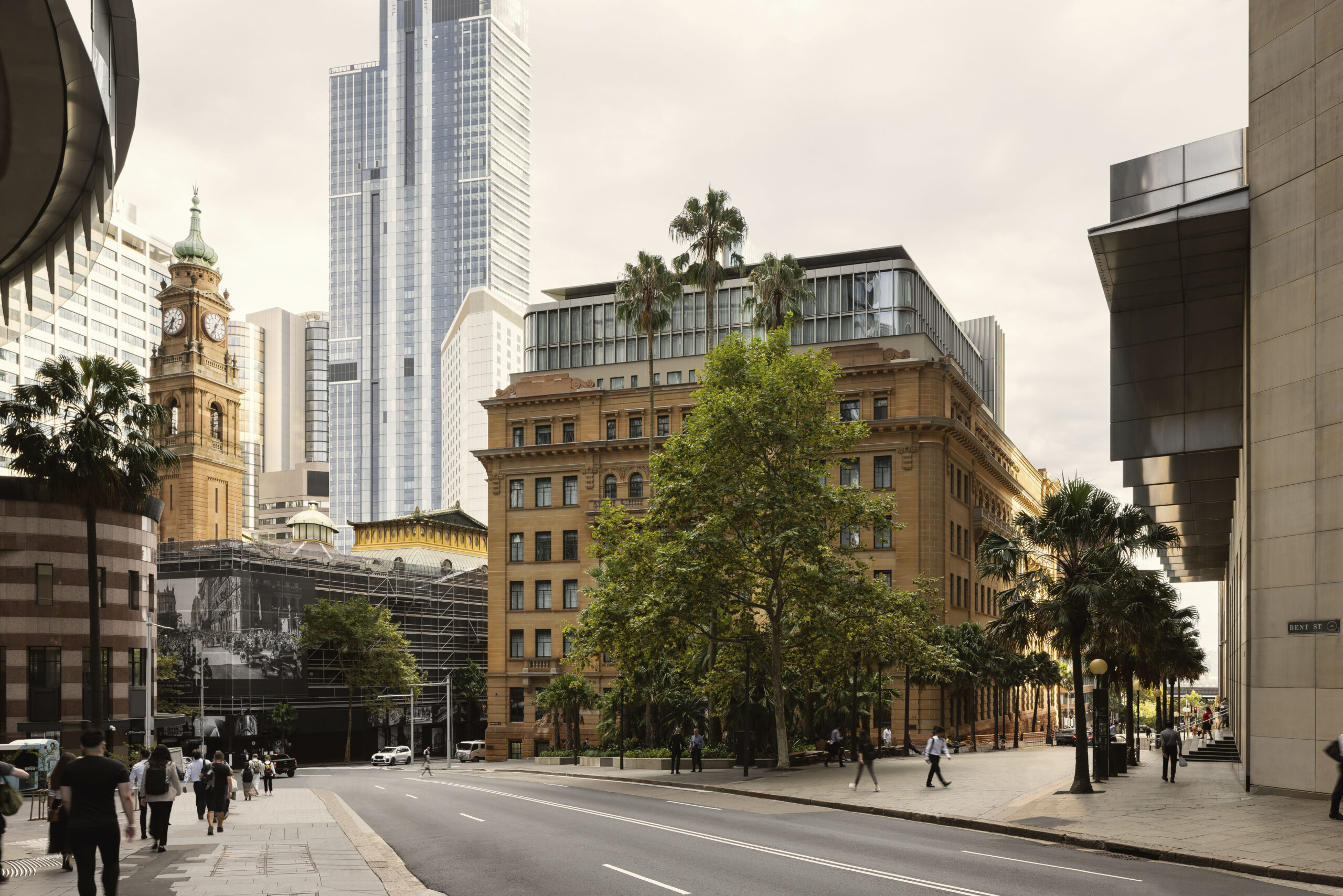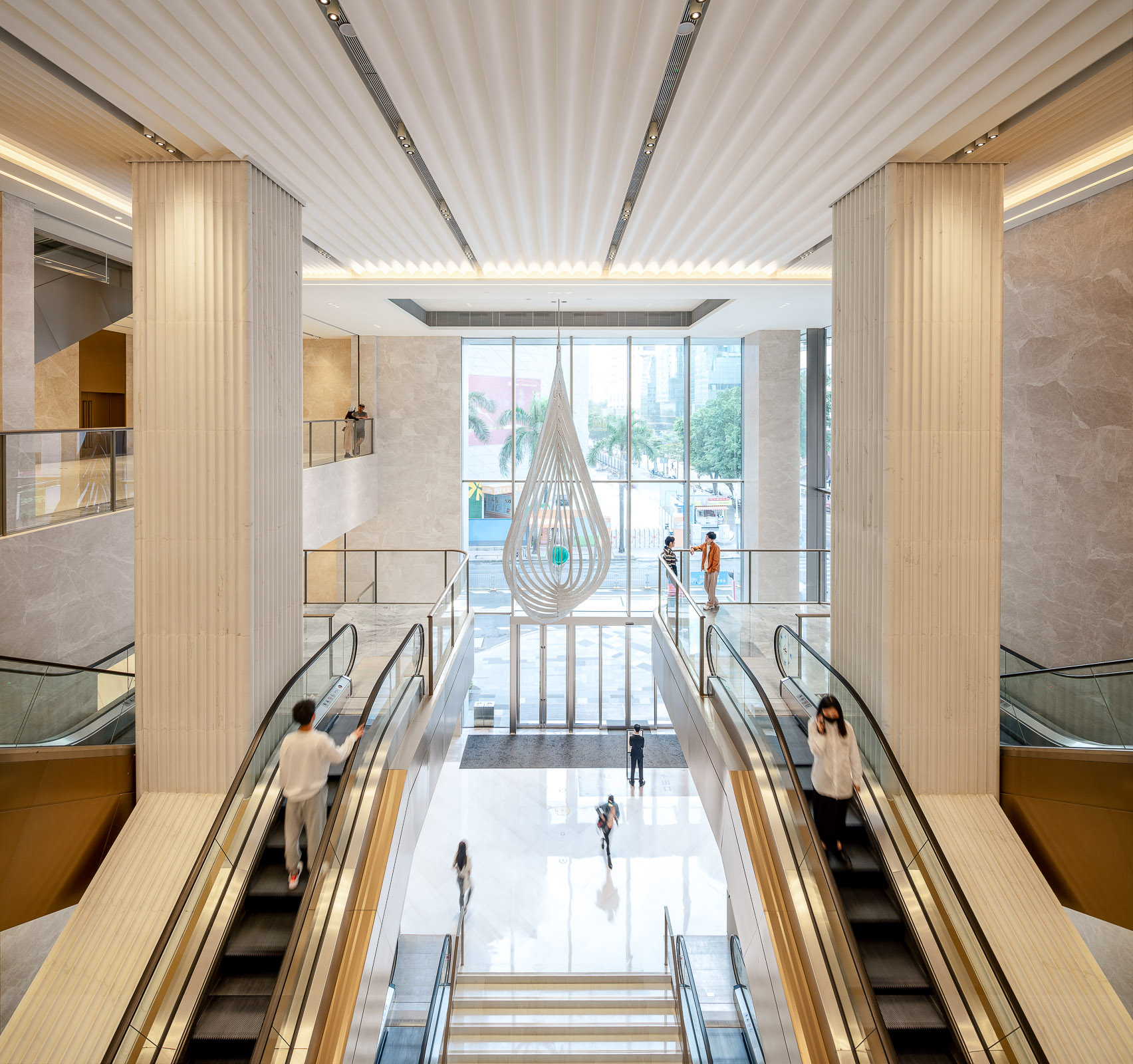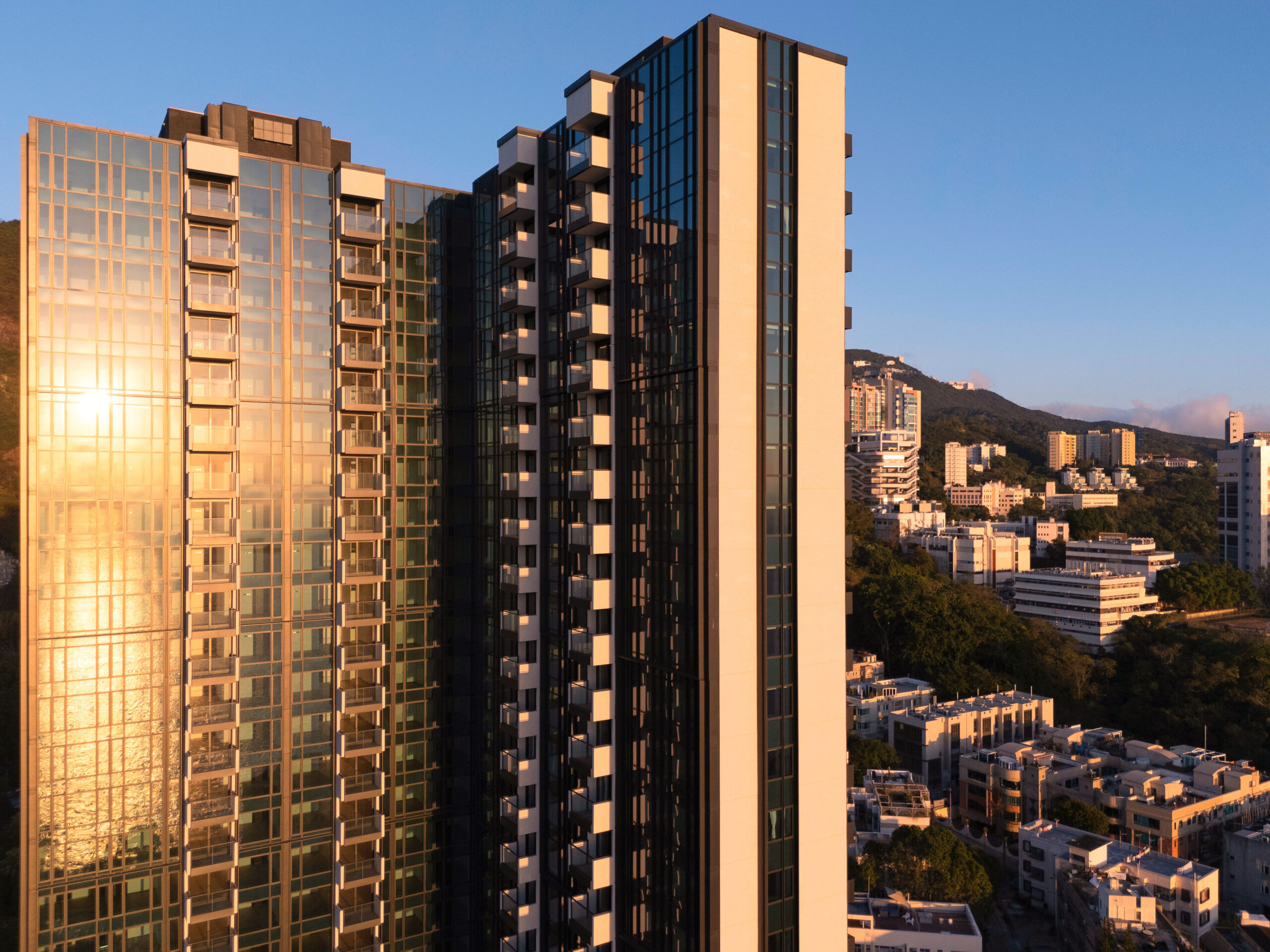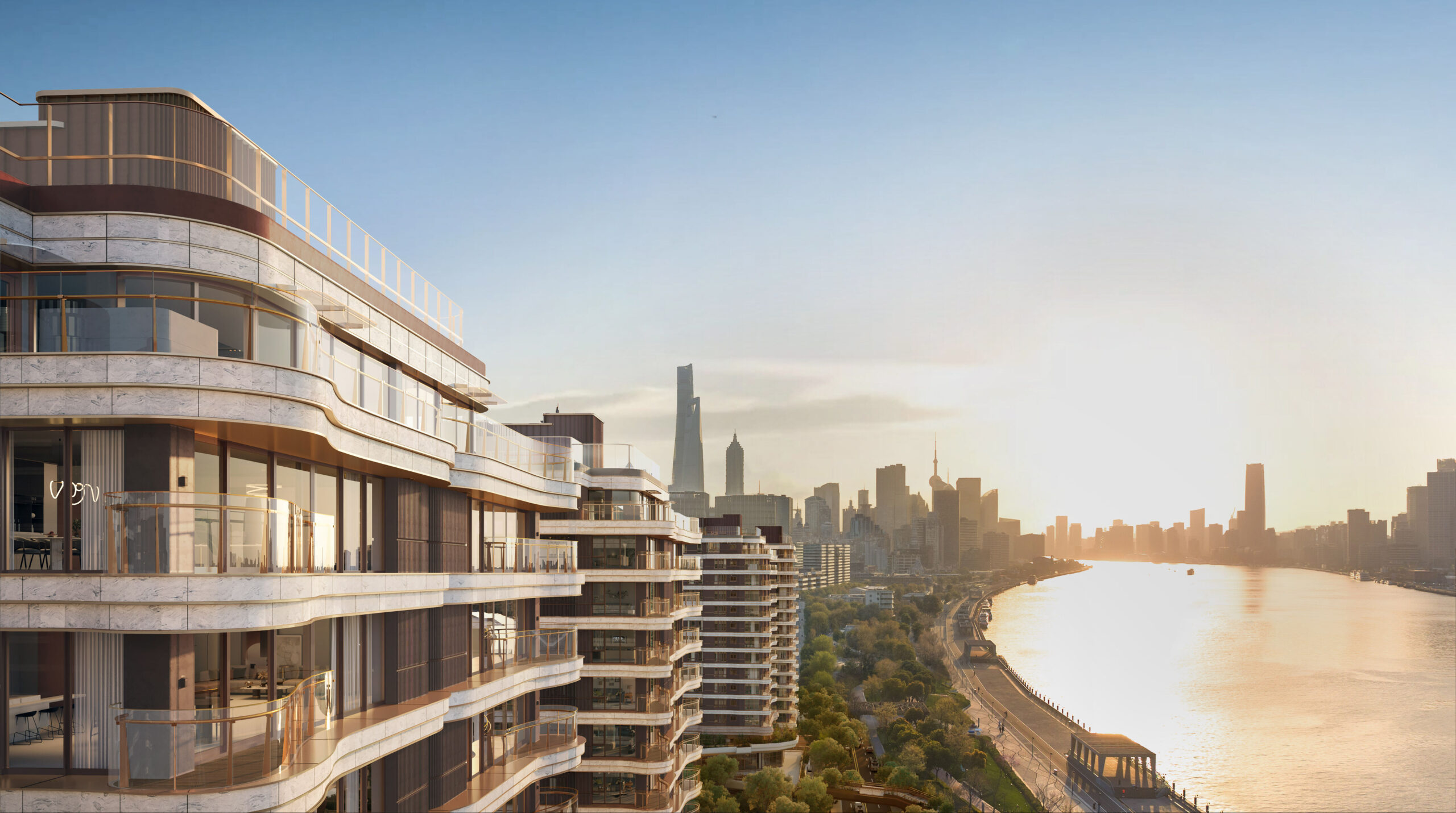

How do we deliver design excellence within a high-density city location? Our starting point would be to ask the community what it is that they feel they need. Consulting with the community and broader stakeholders will make cities more relevant. The specifics of place and the maintenance of uniqueness is something that lives in those who experience the area on a day-to-day basis. It is when a community is asked to adopt a commercial or political vision imposed from those on the outside that relevance is lost.
We can no longer consider the family unit in the traditional way. We are a more mobile society, more often than not living away from our families as we follow work opportunities. We live on our own for much longer at both ends of our lives and the fear of isolation brings us closer to those living and working around us. Our city communities are an extended family and often bring more relevance to our lives than our own blood line.
These social changes, together with an escalation in property prices especially in London, suggest that homes need to become more affordable either through a policy of subsidy or/and the consideration of smaller homes for single person habitation. Smaller homes will not however help families with children. Families with children are finding it increasingly difficult to afford three and four bedroom homes. If we are to encourage whole life city living and a more balanced community we will need to build variety of size and tenure.
Cities with greater densities encourage people to walk and cycle as distances between destinations are reduced and more accessible. Improvements in health and wellbeing are tangible results of this, with all of the social, environmental and economic benefits that this brings. The reduction in the pace of movement increases opportunities for people to meet informally and exchange information. This improves social cohesion and has economic benefit. It also makes for a more vibrant and active public realm which is safer.

Dense cities are green cities in both the physical and figurative sense. They offer visual and functional amenity at all scales, from the balcony to the private garden through to the public square and park. Density is a balance between building and open space giving people an environment where there are clear and well-defined boundaries between their public and private lives.
Density improves choice not only in terms of jobs and housing but also in terms of the types of goods and services available on the high street. Competition increases choice, reduces costs and improves quality. A significant population within the local community allows the market to offer a bespoke service which is adaptive and flexible following the societal needs which it will reflect if it is to be successful. For cities to remain relevant they need to be nimble and responsive adapting to the community they serve.

This essay was extracted from the Future Spaces Foundation report: Vital Cities not Garden Cities: the answer to the nation’s housing shortage?






































































































































































































































































